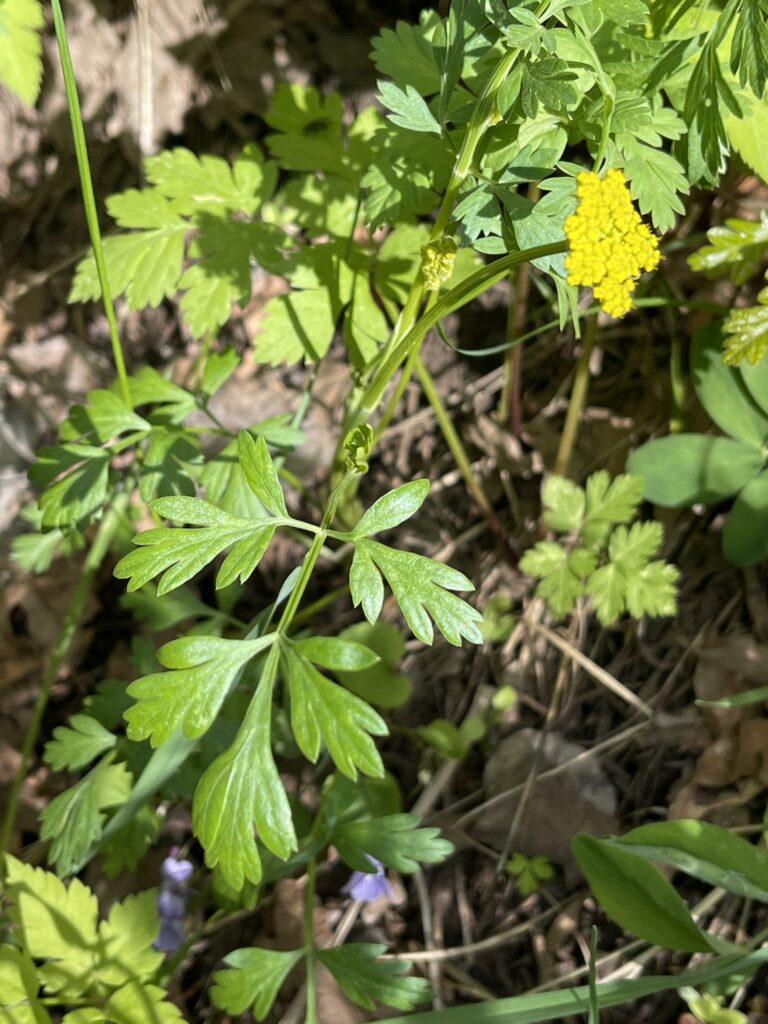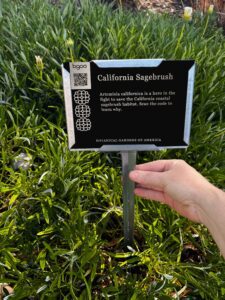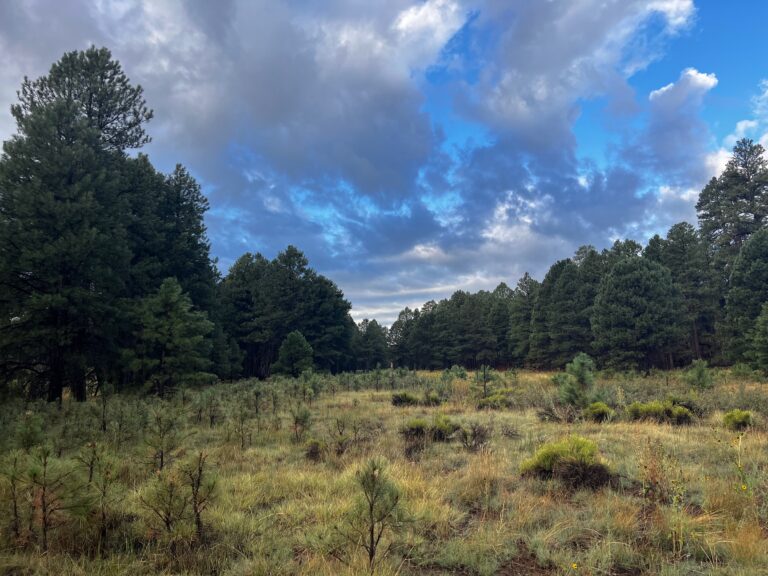Cymopterus lemmonii, commonly known as Alpine False Springparsley or Mountain Parsley, is a native perennial herb in the parsley family (Apiaceae) found throughout the southwestern United States, including Arizona, Nevada, Utah, Colorado, Wyoming, New Mexico, and Texas, as well as northern Mexico. The plant grows at elevations from 5,500 to 12,000 feet, typically in pine woods and grasslands at higher elevations. It produces bright yellow flowers in flat-topped umbels from May to October, though flower color can vary from yellow to orange-purple to purple. Cymopterus lemmonii, (Pseudocymopterus montanus), Alpine False Springparsley, Southwest Desert Flora
TRADITIONAL FOOD USES
Cymopterus lemmonii has significant ethnobotanical importance, having been used by both the Navajo and Hopi peoples as food. The leaves were boiled with cornmeal as a green vegetable, and the ground root was cooked with meat.
Like other members of the Cymopterus genus, this species belongs to a group collectively known as “biscuitroots” due to their large, starchy roots that have historically been used as a carbohydrate source by Native peoples. The roots can be eaten raw like carrots or dried and ground into flour. The leaves can also be dried and used as an herb similar to parsley, particularly in traditional Southwestern bean recipes.
CULTURAL AND MEDICINAL SIGNIFICANCE
Beyond its food uses, Mountain Parsley held ceremonial importance and was used as a ceremonial emetic by several Navajo groups. The roots are still used to make a traditional liqueur called “Mistela de Chimaja” or Chimayo whiskey, which combines the roots with whiskey or tequila, piloncillo (unrefined sugar), orange peel, and cinnamon.
SOURCES
Southwest Desert Flora: Cymopterus lemmonii species profile
Plants of the World Online, Kew Gardens: Taxonomic information
The Black Range: Flora documentation
Backyard Forager: Traditional uses and preparation methods
Native Memory Project: Ethnobotanical documentation


